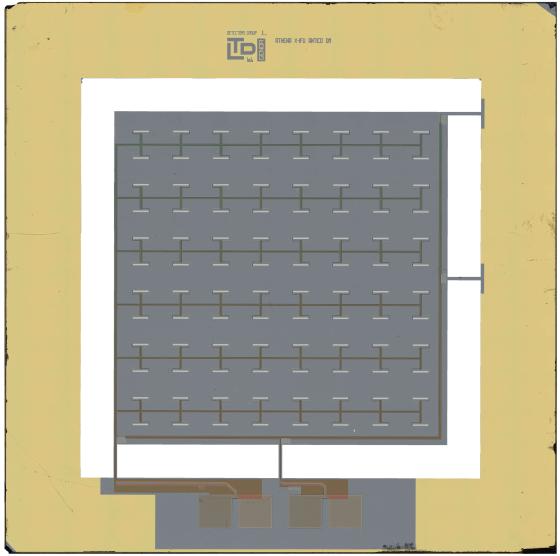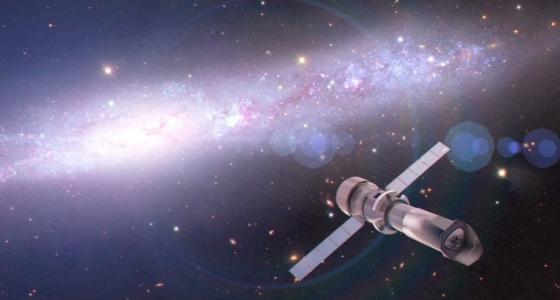Athena (Advanced Telescope for High Energy Astrophysics) is an ESA mission to develop a telescope that will replace Chandra and XMM-Newton in the X-ray observations of the Universe.
Some of the scientific objectives are: the measurement of the evolution of baryon mass on a large scale through the observation of supermassive black holes at the center of galaxies (AGN), the study of the Warm-Hot Intergalactic Medium (WHIM) and the observation of compact objects, from black holes to neutron stars and Gamma Ray Bursts, with the possibility of carrying out multi-messenger physics with gravitational waves and neutrinos.
In particular, the development, manufacture and first tests of the anti-coincidence detector of the very high spectral resolution instrument (X-IFU, 2eV at 6keV) take place in Genoa, which will be placed one millimeter below the main detector produced by NASA. The work is a fundamental part of the project since, without it, it would not be possible to distinguish the farthest or weakest astrophysical sources from the cosmic background.
The great innovativeness of the detector is the TES (Transition Edge Sensor) technology for which, by exploiting the superconducting transition at cryogenic temperatures (100 mK), it is possible to obtain sensitivity to the smallest signals. The development and testing of the various prototypes with ultra-high vacuum deposition techniques, microlithography in a clean room, measurements with very low temperature cryostats and collaboration with various companies and research institutions aims to advance the TRL (Technology Readiness Level) of detectors until the launch into space.






